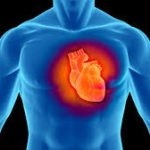
You never know, you might one day find yourself in a situation where you are with someone who has suddenly lost consciousness. These are 7 simple things you must do.
 1. Don’t panic. Make sure you are safe. I remember with sadness a good-hearted colleague of mine who was hit by a car and died while trying to save a man who had lost consciousness by the road.
1. Don’t panic. Make sure you are safe. I remember with sadness a good-hearted colleague of mine who was hit by a car and died while trying to save a man who had lost consciousness by the road.
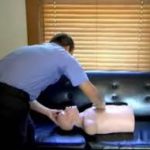
2. Make sure the person is indeed unresponsive. Don’t grab and shake her like a tambourine! A simple rub on the sternum (chest central bone) with your knuckle is enough.

3. Call for help. If you have a cell phone dial the emergency number. If there are other people, point to one person and call them by name to go and get help. If there is a defibrillator around he/she should go and get it.
4. If you are a health care provider, check for a carotid pulse (not for more than 10 secs) otherwise skip this step
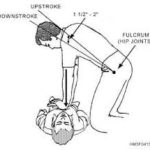
5. Start chest compressions. This is the single most important intervention. Forget about breathing for now. Identify the lower third of the sternum and with your fingers interlocked, push hard and fast at a rate of 100 compressions per minute.
Don’t lean your weight on the victim. ALLOW for complete chest recoil. Avoid interruptions. You can take turns if there are other people because if you do it right you should be tired after 2 minutes.
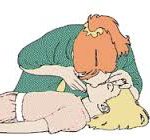
6. If there is another person around, once you switch turns doing chest compressions, you can go to the head area. Check the mouth for obstruction, if any sweep out with your finger.
If you are comfortable with a mouth to mouth or mouth to nose breathing (remember the risk of infections with strangers) start one (if a stranger, probably skip this step). One breath every 6 to 8 seconds. You can switch again after every 2 minutes.
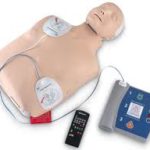
7. Once the defibrillator/AED arrives, open it up. Put one pad on the high right side of the chest and the other on the low left side of the chest. This way you have a ‘heart sandwich’.
Make sure the person is dry. If wet or sweating, dry him up. If hairy on the chest, shave or pull hair off. Put machine on, most self-guide. If it doesn’t, press the analyzing button.
Before you do this stop compressions. If the machine says you can shock, tell everyone to stay clear of the patient. Press the shock button! Resume compression and ventilation for another 2 minutes. After this, recheck for a pulse beat, if none, the cycle resumes again until help arrives.